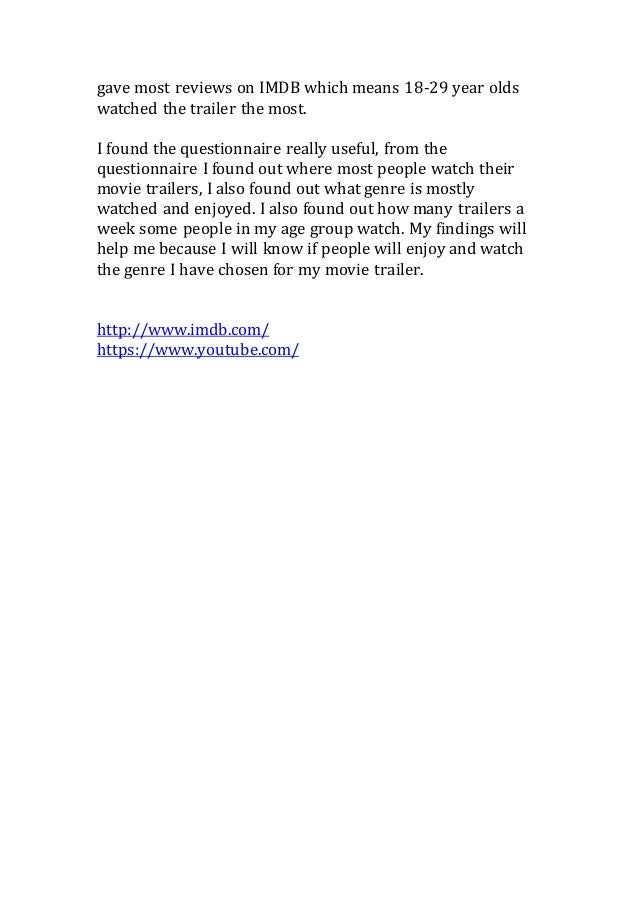

- PRESENTING RESEARCH FINDINGS HOW TO
- PRESENTING RESEARCH FINDINGS MANUALS
- PRESENTING RESEARCH FINDINGS MANUAL
Quantitative and qualitative studies will most typically use the rest of the section titles noted below. Summarize the problem/research question, your methodological approach, your results and conclusions, and the significance of the paper in the abstract. Although this may be the last thing your write, make it one of the best things you write, because this may be the first thing your audience reads about the paper (and may be the only thing read if it is written badly). If it is a published paper, it is useful to include key search terms in this brief description of the paper (the title may already have a few of these terms as well). In some instances, you might be asked to write an abstract, which is a summary of your paper that can range in length from 75 to 250 words. The use of the colon in academic titles can help authors accomplish both objectives: a catchy but relevant phrase, followed by a more clear explanation of the article's topic. That study's author fortunately chose the title, "A boyfriend to die for: Edward Cullen as compensated psychopath in Stephanie Meyer's Twilight," which is more precisely descriptive, and much more interesting (Merskin, 2011). Try to make your title both descriptive (i.e., it gives the reader an idea what the study is about) and interesting (i.e., it is catchy enough to get one's attention).įor example, the title, "The uncritical idealization of a compensated psychopath character in a popular book series," would not be an inaccurate title for a published study, but it is rather vague and exceedingly boring.

This is simple: Your Paper's Title, Your Name, Your Institutional Affiliation (e.g., University), and the Date, each on separate lines, centered on the page.
PRESENTING RESEARCH FINDINGS MANUAL
But, no matter what style manual you may use, there are some common elements to the structure of an academic communication research paper.
PRESENTING RESEARCH FINDINGS MANUALS
The major style manuals (the APA Manual, the MLA Handbook, and Turabian) are very helpful in documenting the structure of writing a study, and are highly recommended for consultation.

Once you've gone through the process of doing communication research – using a quantitative, qualitative, or critical/rhetorical methodological approach – the final step is to communicate it.
PRESENTING RESEARCH FINDINGS HOW TO
This chapter discusses how to present your results in writing, how to write accessibly, how to visualize data, and how to present your results in person. Beyond the basic academic style of report writing, there are specific, often unwritten assumptions about how quantitative, qualitative, and critical/rhetorical studies should be organized and the information they should contain. Writing in academics has a form and style that you will want to apply not only to report your own research, but also to enhance your skills at reading original research published in academic journals. This chapter serves as the culmination of the previous chapters, in that it focuses on how to present the results of one's study, regardless of the choice made among the three methods.


 0 kommentar(er)
0 kommentar(er)
